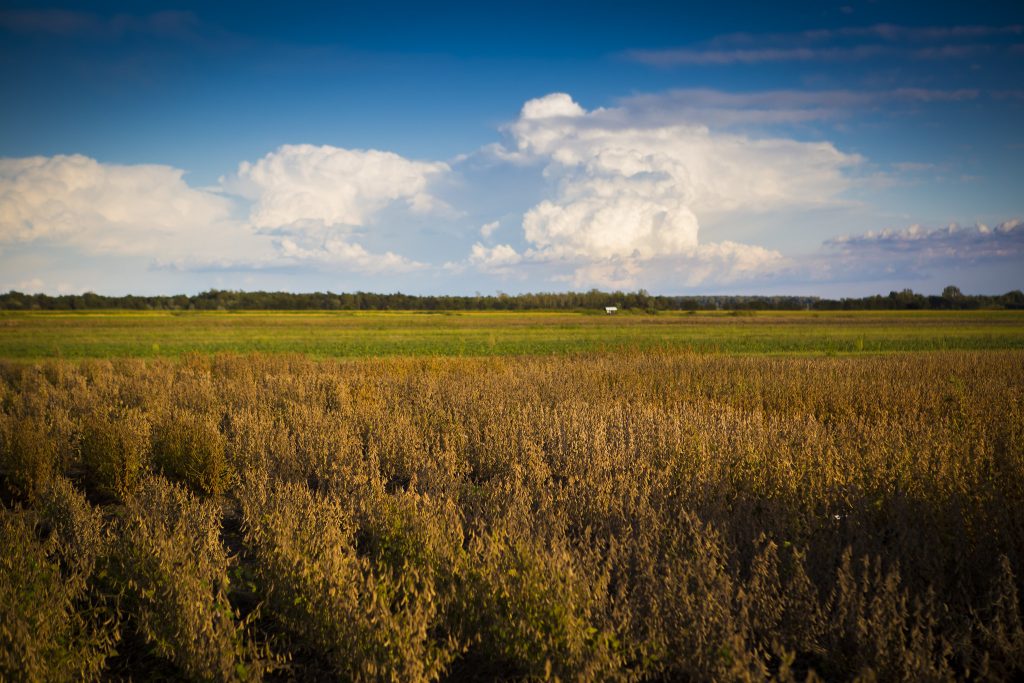
The Rural and Farm Finance Policy Analysis Center (RaFF) at the University of Missouri has released a groundbreaking tool for agricultural finance and policy, the fall 2022 Missouri Farm Income Outlook. The report includes the impact of weather, geopolitical conflict and other factors on net farm income in the Show-Me State.
“Our report shows that Missouri net farm income is projected to increase by 5% in 2022, slightly under the 6% increase seen at the national level,” RaFF model developer Bob Maltsbarger said. “Although we’re seeing declines in projected input expenses for the near future, the declines in receipts result in slightly lower net farm income.”
The report is produced using a RaFF-developed economic model, fed by the latest USDA farm income data and data from the University of Missouri’s Food and Agricultural Policy Research Institute; while 2021 data is subject to adjustment in subsequent publications, net farm income projections for 2022 and beyond can give readers a sense of potential changes in Missouri’s agricultural production expenses and receipts.
Among the key findings of the report:
- Crop receipts are projected to increase by $1.4 billion in 2022. Statewide planted acres sit at 13.9 million, with nearly 6 million acres in soybeans. Corn planted area remains flat while hay, wheat and rice plant acres experienced modest increases from 2021 to 2022.
- Livestock receipts are expected to increase by $611 million in 2022. Inventories for beef, dairy and hogs decline due to increased production expenses and weather-related herd liquidations.
- Production expenses are forecast to increase by $1.7 billion in 2022. Record increases in fertilizer prices contribute to increased input expenses, along with elevated feed and fuel/oil prices.
The report provides in-depth state- and regional-level insights, which equip industry stakeholders and policymakers with information to understand the state-level impacts of economic factors, weather-related forces and policy initiatives.
“RaFF’s state-level insights are critical for decision-makers,” RaFF interim director Scott Brown noted. “By understanding how farmers’ and rural communities’ incomes are impacted by economic factors, sound decisions on changes in programs and policies can be formed.”
RaFF plans to expand their consortium of university collaborators and provide scenario analysis to industry and policymaker groups. The Missouri Farm Income Outlook and all associated data tables are available on the center’s website.
The Farm and Rural Finance Policy Analysis Center (RaFF) is a Congressionally funded research policy center that implements objective analysis to inform decision-makers on issues affecting farm and rural finances using a network of state and regional experts and state farm income models. Learn more at ruralandfarmfinance.com.